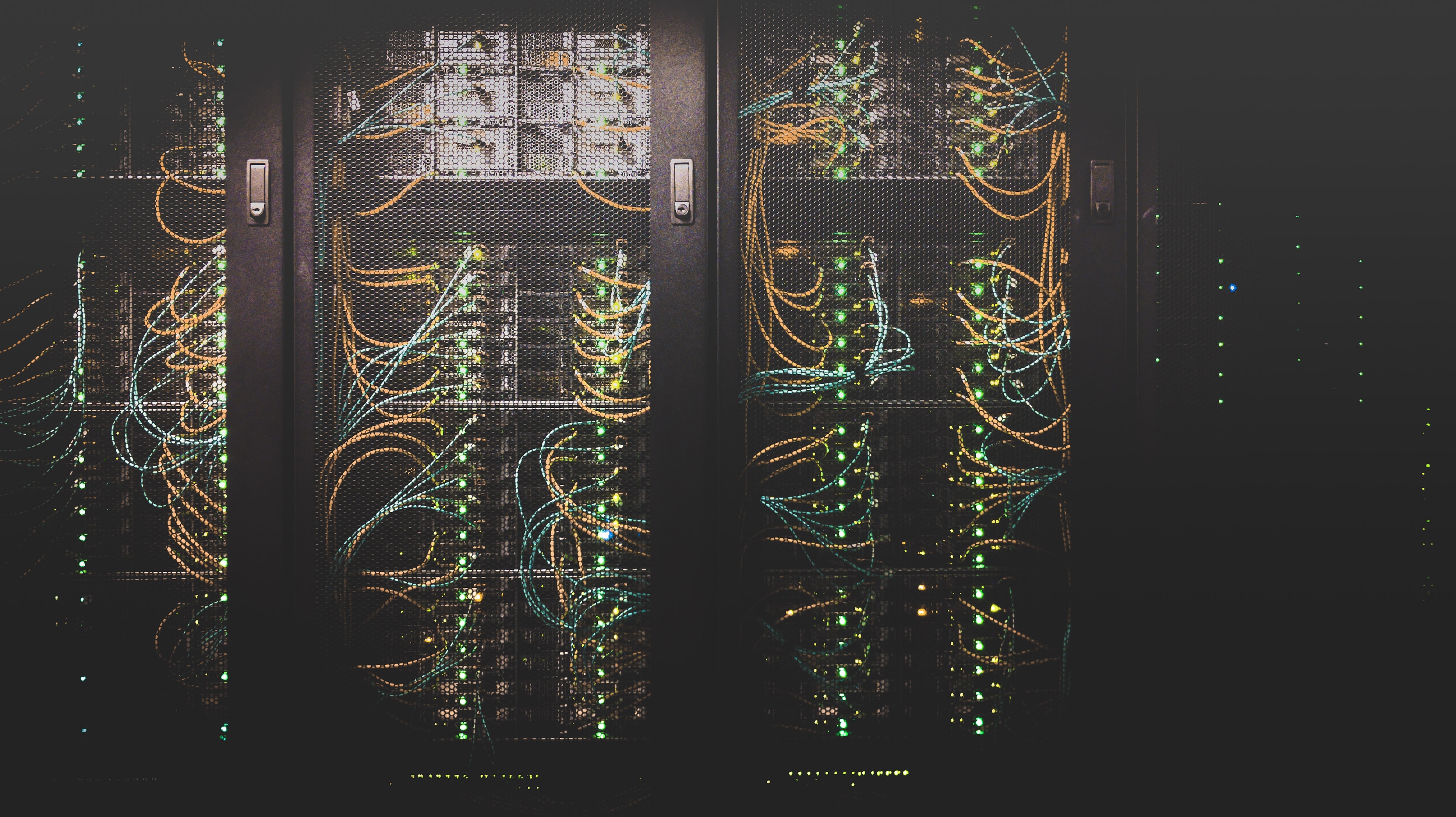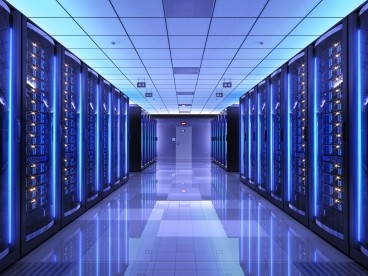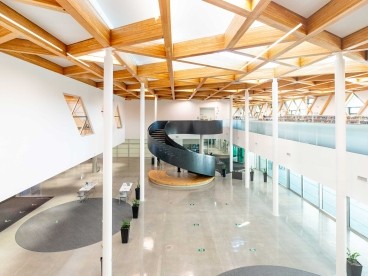OPINION | Thinking Holistically About Data Center Sustainability

Written by Kanika Arora Sharma
We often consider the carbon footprint of physical products like smartphones, laptops, or clothing in our daily lives. Yet, we rarely contemplate the carbon impact of our digital activities—web searches (you know, those cat videos or trending memes!), emails, and endless social media scrolling. But as I dived deeper into this subject, one unsettling truth emerged: the climate impact of the digital world, the very "cloud" that keeps us connected 24/7, is both alarming and thought-provoking. This realization piqued my interest to explore further the hidden facets of data center carbon footprint.
As a sustainability consultant in an engineering firm, my journey into the complex world of data centers and their environmental impact was an unexpected voyage into uncharted waters. I work closely with MEP engineers who design systems for massive data hubs, and I had the opportunity to seek answers to the sustainability challenges lurking within these digital fortresses. The more I learned, the more I wanted to know.
My background is in architecture, where the allure of design has always held a special place in my heart. My fascination with design took an unexpected turn when I delved deeper into the world of carbon data. By exploring life cycle assessment and embodied carbon data for our projects, my eyes opened to the profound impact of our design solutions. After securing funding through the Impact Fund program, I assembled a diverse team of experts in MEP and structural engineering, carbon accounting, and cost analysis. And together, we got to work.
The end goal was clear. We wanted to understand the embodied carbon impacts of a typical data center project over its lifetime, focusing specifically on three mechanical cooling technologies. In speaking to and working with my colleagues globally, I already knew that the impact of the MEP system in a typical commercial building is significant, but how much more significant this impact can be for a data center is something I was curious to explore.
To answer these questions, my team and I decided to locate our hypothetical 200,000 GSF building in Portland, Oregon, due to its mild climate conditions, and selected our three systems – air-cooled chillers, evaporative cooling, and immersion cooling. We carefully selected the three systems due to their popularity, effectiveness, and potential for innovation.
Our study involved conducting comprehensive embodied carbon assessments utilizing the embodied carbon TM65 methodology that my colleagues in the UK developed for the Chartered Institution of Building Services Engineers (CIBSE). The results were staggering. We found that the embodied carbon impact of a typical data center can range from 4,500 kgCO2e/m² to over 7,000 kgCO2e/m². To put this in perspective, the International Living Futures Institute (ILFI)’s Zero Carbon certification only allows projects that have less than or equal to 500 kgCO2e/m² of project embodied carbon emissions from their primary materials of foundation, structure, and enclosure to be eligible for certification. We also uncovered that over 90% of the cumulative embodied carbon emissions can be attributed to MEP equipment, of which more than 95% comes from just the top ten mechanical and electrical equipment. Notably, while upfront embodied carbon emissions are significant, most of these emissions are attributed to the maintenance, repair, and replacement of the equipment over the building's lifetime.
These results challenge us to think holistically about data center sustainability beyond the operational carbon impacts of our system selection and design. This study also brings to the forefront some of the common challenges our industry needs to address and overcome if we are to standardize and comprehensively quantify these impacts—one of the most critical ones being data transparency. Throughout this study, we actively engaged with numerous manufacturers and suppliers to get embodied carbon information on their products. While some provided the information requested, quite a few were not prepared or equipped to share the information transparently.
I hope this report, despite its technical nature, inspires and resonates beyond the engineering realm. It serves as an invitation to engage in a broader conversation about the intersection of technology and sustainability. It's a reminder that the data center industry's evolution is not solely measured in computational power but also in environmental stewardship.
The question isn't merely, "Are we doing enough to minimize the environmental footprint of our digital infrastructure?" But rather, "What more can we do to minimize the environmental footprint of our digital infrastructure?"
We are at an inflection point with the expected exponential growth of data centers in the next decade. Our choices today will shape the design of the sustainable data centers of the future. There are many promising technologies, but we must consider the holistic and unintended impacts of those technologies to make informed decisions. Towards the end of the report, we offer practical recommendations to start the conversation about reducing carbon impacts. However, this is just the beginning of our journey. We still have a lot to learn and uncover.
As a call to action, we urge suppliers and manufacturers globally to assess and disclose the emissions impact of their supply chains. Additionally, building professionals and owners must champion data transparency by mandating that manufacturers provide comprehensive information regarding the embodied carbon of their products. It's a shared responsibility that involves all of us to conduct and contribute to ongoing research on this topic and take proactive actions toward significantly reducing embodied carbon emissions.
In the wake of this study, I find myself brimming with even more questions, and that's exciting! As the digital landscape evolves, I extend an invitation to all, regardless of your technical background. Join me and the Introba team in seeking a sustainable digital frontier. Let us explore, innovate, and collaborate to create a world where technology empowers and enriches our planet.
Please reach out to us for potential partnerships and collaboration on projects and research.

Kanika brings over a decade of experience to the Introba sustainability team, where she applies a holistic and integrated sustainability approach to her projects. She is a recipient of the 2020 UGSBC-LA Emerging Professional Award. She has served as theChair of the USGBC-LA Building Decarbonization Committee and the Co-Facilitator of the International Living Future Institute (ILFI) Los Angeles Collaborative. She is also involved with the AIA-CA Advocacy Committee advocating for electrification and decarbonization at the State and local levels.
More About Impact Fund
Related News
-
Jul 12, 2024
Doing the Work in Regenerative Practice of working with Your Level of Energy
Insights & Perspectives -
Jul 11, 2024
Can We Keep Up with AI’s Rapid Growth?
Insights & Perspectives -
Jun 21, 2024
Engineering With Heart: Building Community Connections in Rwanda
Insights & Perspectives






